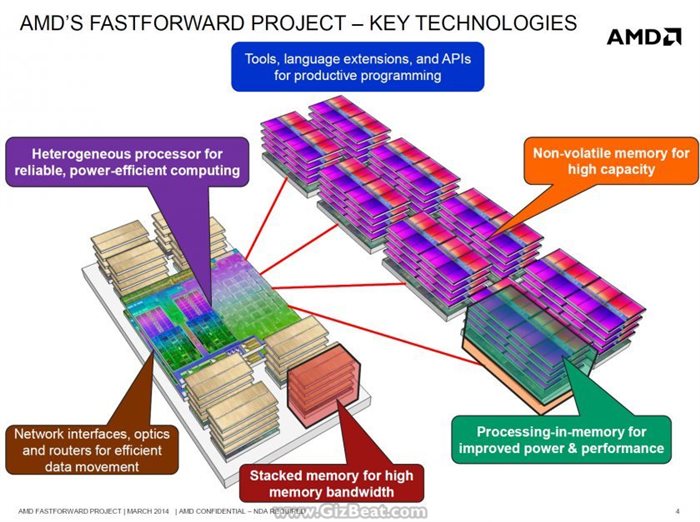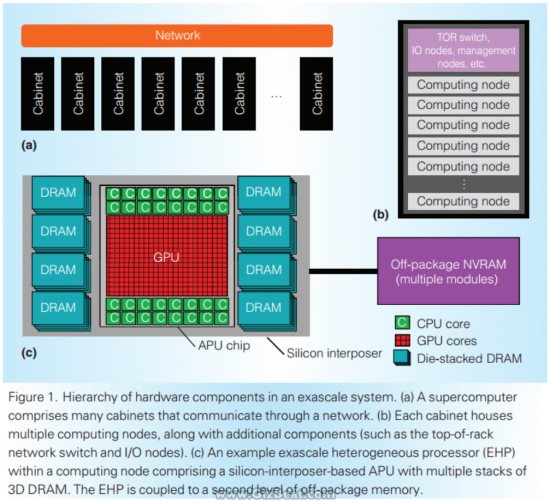AMD has been a bit down in the dumps on the CPU front with desktops and laptops for the last 5 years or so. Ever since Intel released their very popular Core i3, i5, i7, AMD just couldn’t get back in the game.
That’s all set to change with the new AMD Zen CPUs aka AMD Ryzen set to release in Q4, their AMD Accelerated Processor Unit (APU) release in 2017, and last but certainly not least…Intel has signed on to use AMD GPU tech.
Intel has signed on AMD
While in the last few years Intel has pushed themselves up well beyond AMD in the CPU department, their GPUs have lagged behind. Intel has struggled to compete but just can’t meet the AMD and nVidia bar. A change is needed to keep their SoCs relevant in the consumer segment.
And so the change is coming. It’s now been posted in public forums by HardOCP boss, Kyle Bennett, that Intel has signed on long time rival AMD to use AMD GPU tech in the next iteration after Kaby Lake.

According to Kyle Bennett, “The licensing deal between AMD and Intel is signed and done for putting AMD GPU tech into Intel’s iGPU.”
The new AMD Radeon Vega GPU architecture with HBM2 tech, combined with Intel, it sounds very sweet.
Being featured as Intel’s integrated GPU tech is a huge boon for AMD, but they have more tricks coming.
AMD Zen CPUs aka AMD Ryzen
AMD plans a huge comeback with their Zen Summit Ridge CPUs. Since even basic i3 systems have reached the point of “powerful enough” for the majority of consumers, much focus has been shifted towards power usage. The Zen CPUs will be more power efficient than Intel’s counterparts, using 65W vs 91W for the quad-core chip and 95W vs 140W for the octa-core chips.

In x86 territory, AMD’s Summit Ridge promises a 40% increase in instruction per clock (IPS) cycles compared to their previous server CPUs without increasing required wattage. Pricewise we’re looking at CPUs in the $200-300 bracket, while a similarly powered Intel chip will be priced in the $700 range.

According to Lisa Su, CEO of AMD, the Zen / Ryzen processor will not be a single product but rather a whole range of products. Their consumer processors will mainly carry quad-core and octa-core CPU clusters that support Simultaneous Multi-Threading (SMT). But, they have something special for servers.
Monster CPUs for servers
AMD will carry monster a 16-core CPU, capable of 32 SMT. This isn’t the top of the heap though, there will be an even bigger monster coming– a 16-core CPU capable of 63 SMT.
The AMD Summit Ridge SoCs will be coming released on December 13th, ahead of the 2017 release date.
AMD APU
While the new Zen CPUs are exciting, and Intel taking on AMD GPU tech is huge, to dominate the market AMD needs to get in good with the average consumer. One way to further this goal is by getting well performing APUs into base model laptops.

An APU, or Accelerated Processor Unit, is the same idea as Intel’s, that is a CPU onboard the same chip as the GPU. In this way, the end-user and manufacturer don’t need to worry about the two components, as they come on a single chip, making system design much simpler.

The APUs from AMD will include Vega GPUs and according to AMD marketing are set to astound, promising PS4 and Xbox 1 type GPU power from even the base model laptop APU combos.
Intel woes
Gamers have long adored AMD, and it’s unfortunate that the last few years Intel has taken over the CPU market with their Core technology, but with Intel’s latest Kaby Lake being a bit of a dud in terms of performance, as the benchmarks are showing they are less than 5% improved in performance and running hotter than previous gen, and not keeping track on their promised tick-tock schedule, AMD is set to taking the stage at a critical juncture.
Intel choosing AMD GPU tech to be in Intel GPUs seems astounding on the surface, but looking closer, they may not have had much of a choice. We think Intel saw that they simply couldn’t compete with the upcoming APUs from AMD, and jumped on board rather than eventually be forced overboard.
It all begins on December 13th when the AMD CPUs are officially released.

Leave a Reply